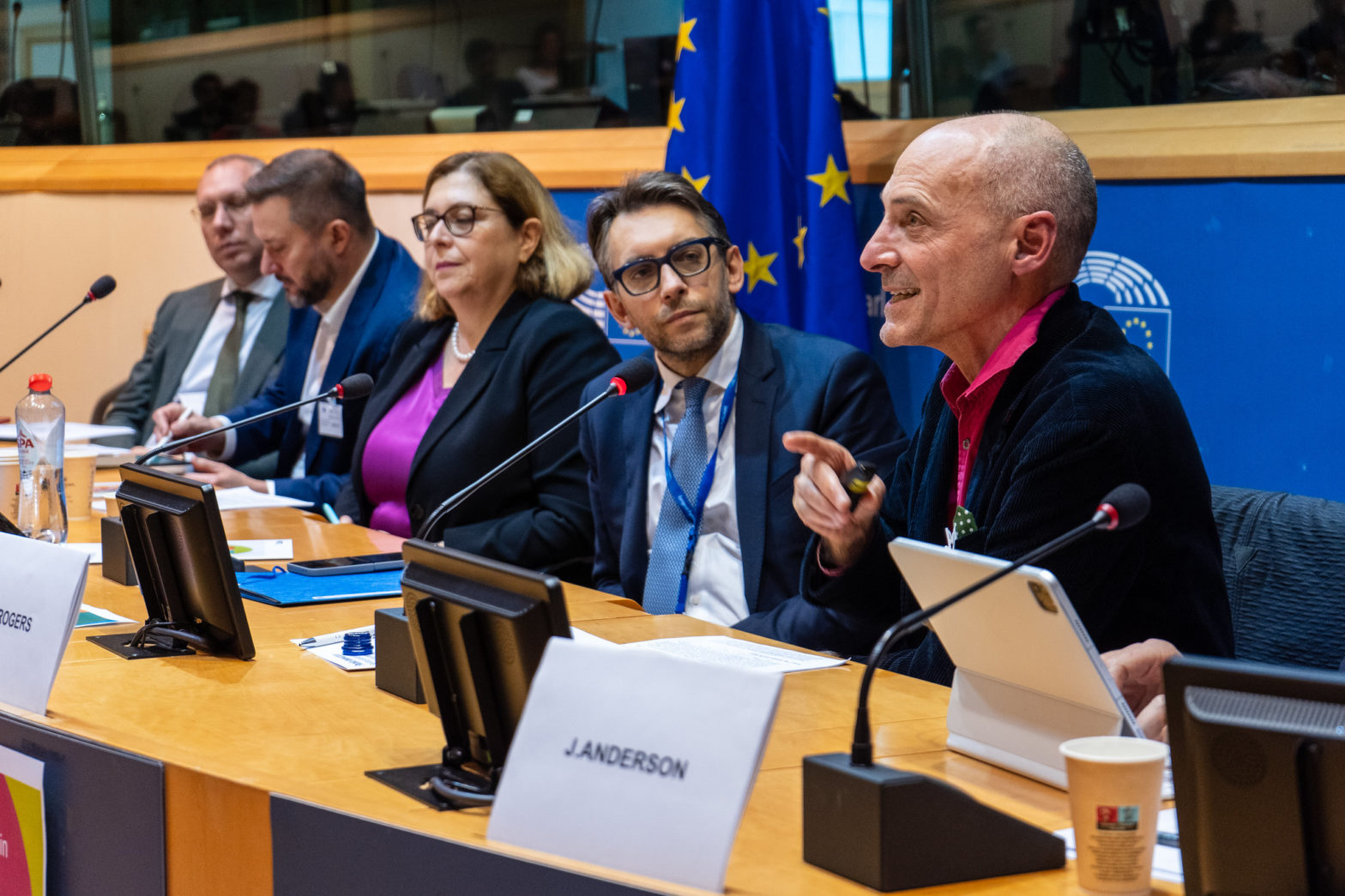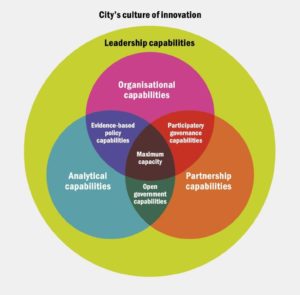
How city governments can better harness public innovation
04 December 2024
by Eurocities
Europe’s city governments are increasingly recognising the need to innovate how they work to tackle urgent challenges, including climate change, the housing crisis and social inequalities. However, to foster public innovation that can effectively meet these challenges, greater political recognition is essential.
Currently, political discussions on innovation mostly focus on making the private sector more competitive. But city governments are showing that innovation in the public sector is just as valuable, proving that improving city operations not only strengthens public services but also creates a better environment for businesses to succeed.
To support this shift, city governments are calling for increased EU resources and funding, along with ambitious political commitments, that will strengthen their structures and secure long-term investment in public innovation.
These priorities are outlined in a major new report on the landscape of city innovation, launched by Eurocities and LSE Cities at a high-profile event in the European Parliament in November.
The meeting, which brought together MEPs, city leaders and innovation experts, shared the results of the report – Public Innovation: Building Capacity in Europe’s City Governments – written by LSE Cities, in partnership with Bloomberg Philanthropies and Eurocities.
Based on a Eurocities Pulse Survey of 65 chief innovation officers in European cities and seven in-depth city case studies, the report analyses city government innovation across Europe.
Using the report’s findings, participants at the meeting discussed cities’ successes when it comes to innovation, what they can learn from each other, and where they need more support.
We must “support cities as change-makers”
Welcoming the new report, Italian MEP Pierfrancesco Maran, who hosted the event, emphasised the central role of cities in driving EU innovation. “If we believe that the EU should be a driver of innovation, then we must recognise where innovation truly thrives – in our cities,” he stated.
MEP Maran, who is one of nearly 200 MEPs in the new European Parliament with a background in city governance, underscored that cities are uniquely positioned to tackle pressing issues through innovation. He also pointed to the necessity of resources, noting that “EU funding is key” to ensuring that cities’ ideas transform into impactful change.
“Above all, we need a strong connection between the European Parliament, the European Commission and our cities, their problems, their aspiration and their opportunities,” stated Maran. “It is this coalition that will bring together ideas like those presented today.”
Landscape of city innovation: report findings
The new public innovation report, which was presented by LSE Cities, reveals that city administrations increasingly view government innovation as essential. First, the report says that effective leadership is the primary driver of innovation, with engaged mayors and city officials setting the vision and direction.
“Innovation doesn’t happen by chance, you have to build up your innovation muscles,” explained Ben Rogers, Bloomberg Distinguished Fellow in Government Innovation, at LSE Cities (main image). “Cities need committed leaders who prioritise innovation beyond just service delivery.”
In Leuven, for example, the city’s leadership has made innovation a priority, establishing the non-profit Leuven 2030 to lead on climate action, working around usual municipal limitations and allowing the recruitment of specialised talent.

Second, many cities report organisational limitations as their biggest barrier, but they recognise the importance of investing in dedicated innovation teams and structures.
Third, data-driven research is critical for decision-making. Bratislava, for instance, uses real-time data in its public transport system to reduce congestion and improve urban mobility.
And fourth, cities are adept at forming partnerships, especially with the EU, universities and local communities. The city of Bologna, through its Urban Innovation Foundation (UIF), shows how partnerships with residents, academics and civic groups can drive projects in sustainable mobility and digital governance.
The report sets out key action points for city governments that want to build their innovation capacity, emphasising the need to invest in innovation budgets and teams. It also calls on the EU, national governments, city networks, and philanthropic foundations to do more to support cities’ ability to develop new solutions to the challenges ahead.
“Cities won’t achieve the outcomes we need without further support and a long-term focus on building their innovation capacity,” added Rogers.
Leading by example: Bratislava and Milan
At the event, city leaders from Bratislava and Milan shared their innovative urban initiatives, explaining that they are crucial for realising their ambitious visions for sustainable urban transformation.
Matúš Vallo, Mayor of Bratislava, said that his city has pioneered the use of real-time data to improve its public transport system, helping to ease congestion and enhance mobility. “Data allows us to make decisions that directly improve the daily lives of our residents,” he explained.
Bratislava is also undergoing extensive public space renovations, creating new areas for recreation and community gatherings, yet faces challenges with funding larger urban projects. “To overcome these challenges, my administration has formed strong partnerships with the EU and private sector to support continued progress,” stated Vallo.
Gaia Romani, Milan’s Deputy Mayor for Decentralisation, Neighbourhoods, Participation and Civic Services, emphasised the importance of projects like ‘STEP UP – Walkability for Women in Milan,’ which is improving the safety of women in the city. This includes improving public lighting and enhancing public transportation services, to create a safer and more inclusive urban environment for all residents.
“This initiative is crucial for understanding and addressing the unique challenges women face in our urban spaces, ensuring that Milan becomes a safer and more inclusive city for all,” she explained.
Romani emphasised the need for tailored approaches that consider each city’s unique context, stating: “Innovation must be adaptable to the specific needs and characteristics of our urban environments.”
—–
This is an edited version of an original article published on Eurocities
Read the full report, Public Innovation: Building Capacity in Europe’s City Governments, written by LSE Cities, in partnership with Bloomberg Philanthropies and Eurocities.
Images: Eurocities









